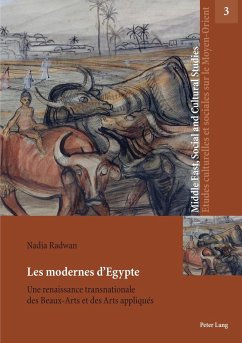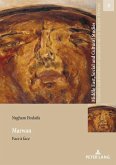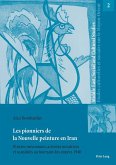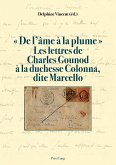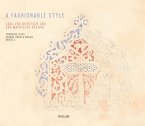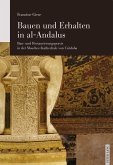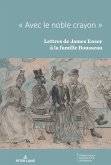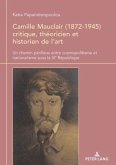Cet ouvrage explore un moment clef du développement de l'art moderne égyptien, lorsque sont définis les fondements d'une nouvelle pratique artistique au début du 20ème siècle. Basé sur un important travail de terrain mené en Egypte et sur des documents d'archives jusqu'ici inexplorés, il se centre sur une génération de peintres et de sculpteurs appelés les pionniers ( al-ruwwad ). Formés dans des institutions telles que l'Ecole des Beaux-Arts du Caire, leur production s'inscrit dans un mouvement de renaissance artistique et reflète les multiples interactions transculturelles entre l'Egypte et l'Europe. Cette étude offre ainsi un regard nouveau sur ces artistes qui ont posé les jalons du modernisme égyptien et met en lumière une production jusqu'ici peu étudiée. Tandis que l'on aborde aujourd'hui l'histoire de l'art dans une perspective globale à la lumière de circulations, d'échanges et de réseaux, elle offre un point d'ancrage permettant de mieux appréhender les dynamiques et les enjeux actuels de l'art contemporain au Moyen-Orient.
In this book, Nadia Radwan explores a key moment of the development of modern Egyptian art, when the foundations of a new artistic practice are defined in the early 20th century. Based on field work and unexplored archival material, this work focuses on a generation of painters and sculptors commonly referred to as the pioneers ( al-ruwwad ). Trained in institutions, such as the School of Fine Arts in Cairo, their production is inscribed in a project of artistic renaissance and reflects multiple transcultural interactions between Egypt and Europe. This publication thus re-evaluates these artists that opened the path to Egyptian modernism and sheds light their yet understudied production. While art history is now approached in the perspective of circulations, exchange and networks, this book offers a background to a better comprehend the dynamics and stakes of contemporary art in the Middle East and intends to contribute to the cartographic constellation of a world art history.
In this book, Nadia Radwan explores a key moment of the development of modern Egyptian art, when the foundations of a new artistic practice are defined in the early 20th century. Based on field work and unexplored archival material, this work focuses on a generation of painters and sculptors commonly referred to as the pioneers ( al-ruwwad ). Trained in institutions, such as the School of Fine Arts in Cairo, their production is inscribed in a project of artistic renaissance and reflects multiple transcultural interactions between Egypt and Europe. This publication thus re-evaluates these artists that opened the path to Egyptian modernism and sheds light their yet understudied production. While art history is now approached in the perspective of circulations, exchange and networks, this book offers a background to a better comprehend the dynamics and stakes of contemporary art in the Middle East and intends to contribute to the cartographic constellation of a world art history.
